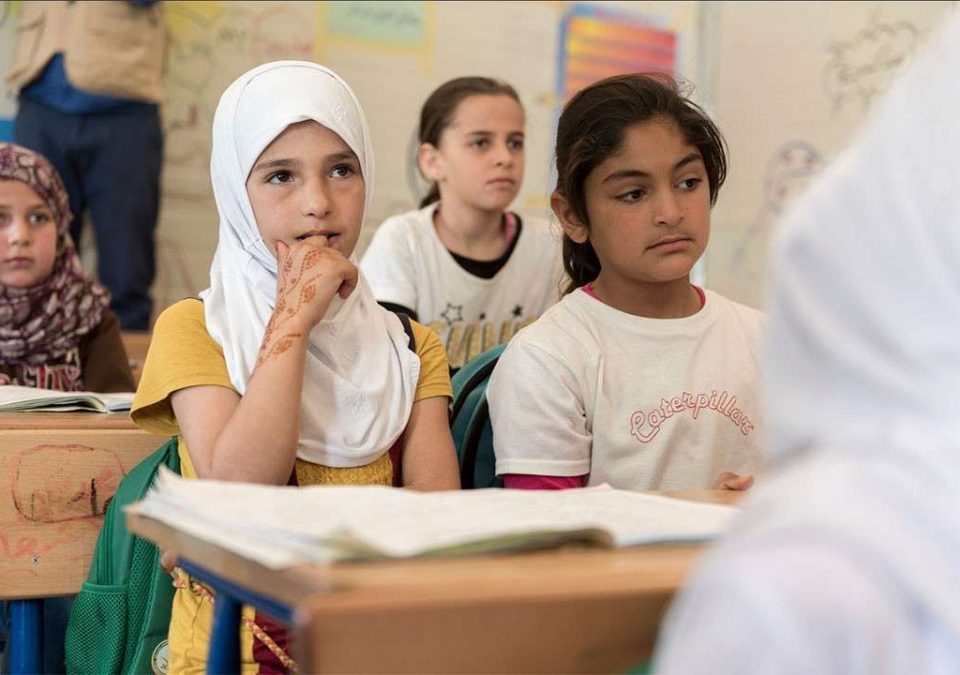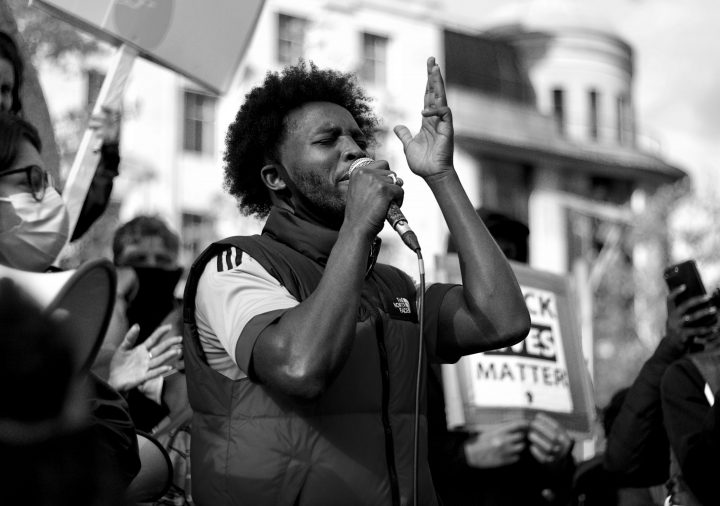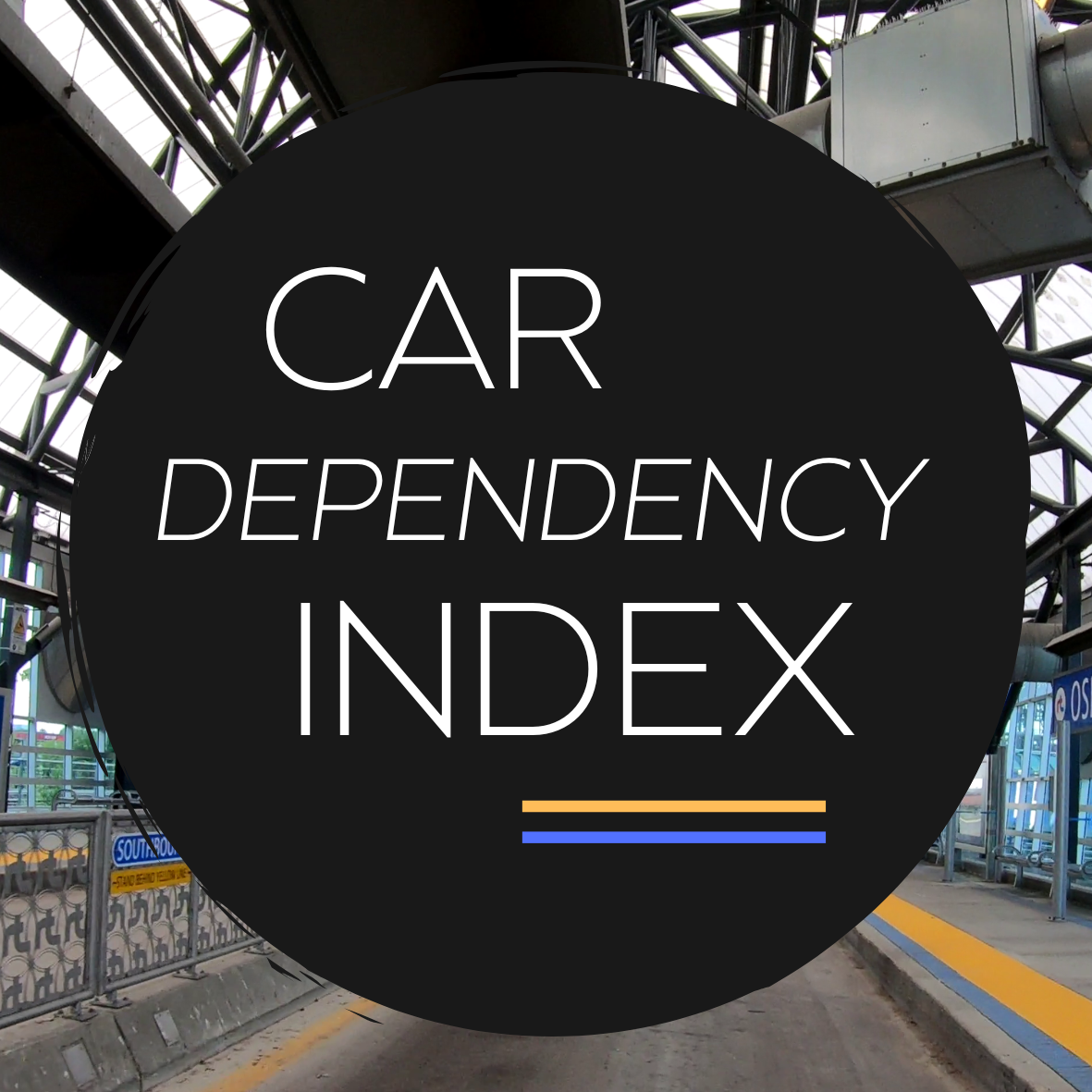Reduced Inequalities
Goal 10: Reduce inequality within and among countries
The international community has made significant strides towards lifting people out of poverty. The most vulnerable nations – the least developed countries, the landlocked developing countries and the small island developing states – continue to make inroads into poverty reduction. However, inequality still persists and large disparities remain in access to health and education services and other assets.
Additionally, while income inequality between countries may have been reduced, inequality within countries has risen. There is growing consensus that economic growth is not sufficient to reduce poverty if it is not inclusive and if it does not involve the three dimensions of sustainable development – economic, social and environmental.
Source: United Nations

Leaving No One Behind: Canada’s Readiness
A briefing note and index launched in the margins of the UN High-level Political Forum on Sustainable Development (HLPF) reviews the readiness of 86 countries to “leave no one behind.”…
By International Institute for Sustainable Development

Optimizing People, Partnerships and Prosperity for the Sustainable Economic Development of Black Entrepreneurship: A Canada-U.S. Case Study on Industry, Innovation and Infrastructure.
By Developing Young Leaders of Tomorrow, Today (DYLOTT)

What Haudenosaunee Youth Climate Activism Looks Like: A Photo Diary
By The Youth Harbour

Reduce inequalities to Advance Humanity
By Social Economy through Social Inclusion

No One Left Behind? An Intersectional Analysis of the 2030 Agenda in Canada
By IBVM Canada / Mary Ward Centre
Edmonton Community Adult Learning Association (ECALA)
Edmonton , AB

No Shortcut to the Future: Why we can’t rush addressing climate change
By Jack Suchodolski

Cap Inclusive
Brébeuf, QC

Musey
London, ON
Marianne
Kitchener, ON

Car Dependency Index
-, MB
